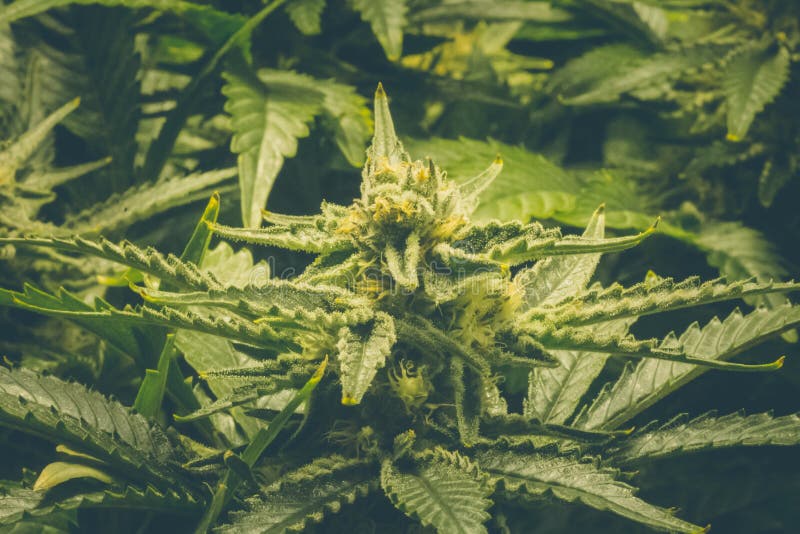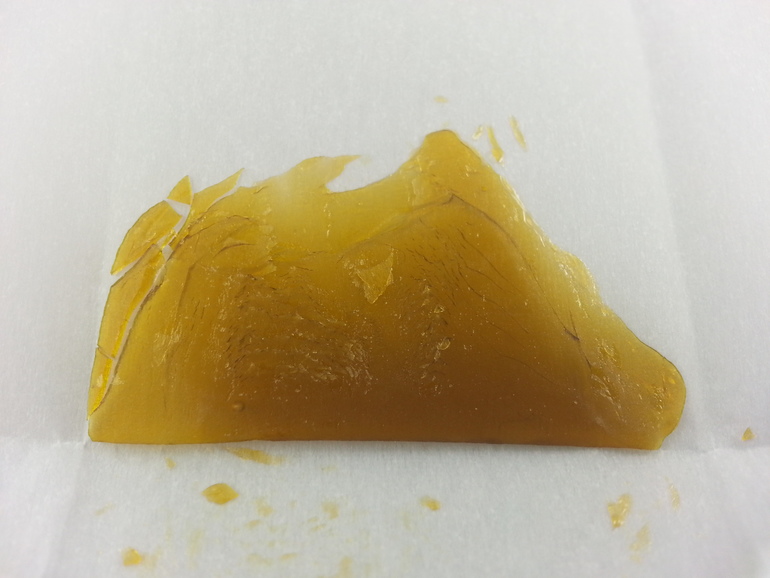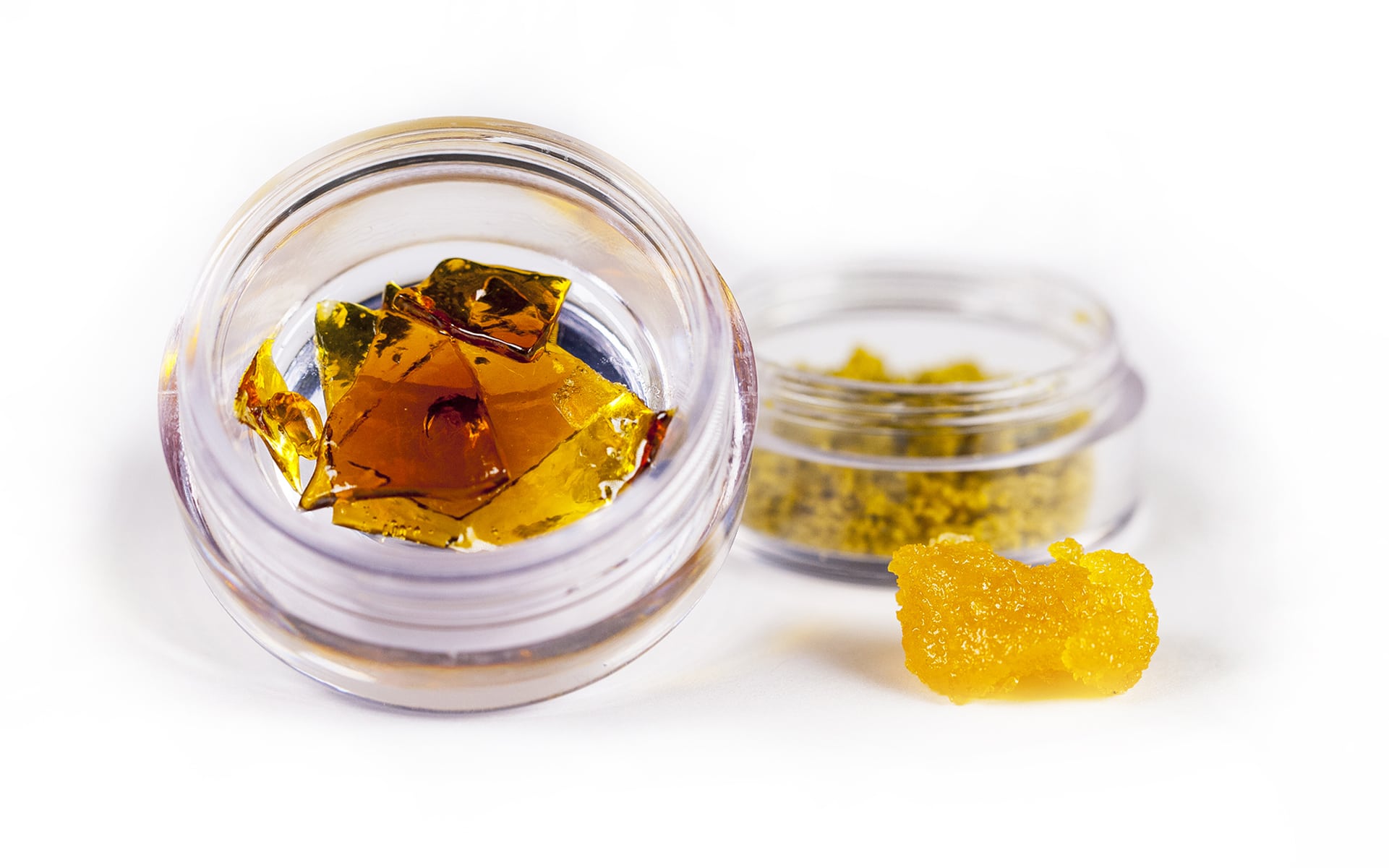
It becomes opaque, has a weak, irregular structure and goes bad more quickly. Once crystals form, the candy isn’t hard candy anymore. If the process is disturbed or the candy gets affected during transport and storage, crystals can form in the hard candy. If done correctly, the sugar will dry as it cools and turn into what’s technically a glass. The Hard Candy AnalogyĪ great analogy for the process of making hash oil is making hard candy.

So, we’ll break it down for you to understand the difference.

This is some pretty hefty materials science jargon. The change from translucent to opaque is the hash oil changing from a single-phase substance (transparent extracts) to a multiphasic, amorphous substance (wax and budder). While wax and budder don’t contain perfect THCA crystals, the analogy applies. The agitation causes the THCA, which is a solid, to precipitate from the rest of the oil and crystallize. Physical agitation, temperature changes and moisture can all cause a translucent oil to change into an opaque wax. There are a number of variables one can manipulate that will affect the texture of hash oil.

Extract artist Reme Kilam and High Times Cannabis Science Editor Sirius J teamed up to bridge the gap between wax and shatter. While the potency of wax and shatter is similar (it depends on the starting material), the physical difference between the two has remained a mystery… until now. What is the difference between wax and shatter? Is one or the other more potent? Is either better?


 0 kommentar(er)
0 kommentar(er)
